Fireworks

Pyrotechnicians, or fireworks artists, were being formally trained to light up the night sky with flashes of near-white light since before the 15th century. Today we see yellow, orange, red, blue and green, but this was not always the case. Italy is credited for bestowing variety to the ubiquitously seen oranges and faint gold illuminations after forming colors in their fireworks displays in the 1830’s. This was the beginning of transforming fireworks from just a sonic boom to a spectacularly vivid light show.

Basically
The myriad of colors formed by fireworks is due to chemical reactions and temperature. You probably met a little boy named Roy G. Biv in the 6th grade who resides between 400 to 700 nanometers (nm): visible light (Red, Orange, Yellow, Green, Blue, Indigo, Violet).
Not-so-basically
Solid and gas phase materials called light emitters allow fireworks to emit an array of colors through a series of oxidation-reduction reactions.

Solid state emitters make up black body radiation which absorb all electromagnetic radiation in its surrounding and emits it at the same rate to maintain thermal equilibrium. Black body radiation at 480°C is seen as a faint red glow, but increasing the temperature to 930°C gives a bright orange. Going up to 1300°C results in a yellowish white.
Achieving pigments beyond yellows and oranges needs atoms and molecules, referred to as gas phase emitters. Atoms absorb and release energy as light based on their electron states. Electrons get excited and that’s when we see the colors.
Low energy = long wavelength (nm) = red and orange.
High energy = short wavelength (nm) = blue and violet.
Emissions from strontium chloride (SrCl) and strontium hydroxide (SrOH) result in lovely deep reds in the 617 to 647nm wavelength range. Copper chloride (CuCl) makes an intense blue within 403-456nm. Significant quantities of emitters are packed into stars with other ingredients to obtain good colors.
Peak illumination emerges when temperatures are reached and held just right. Extremely high temperatures are needed for colors like blue- similar to that of an 8,726.85°C celestial star. This amount of heat is crazy to achieve for an earth-based fireworks show, so chemical emitters are used to ease that restraint. Powdered magnesium and aluminum create elevated temperatures and intensify the light. However, CuCl will be destroyed with too high heat, so blue stars are not very bright.

So maybe you will not remember that we need strontium to create that lustful red seen on the 4th of July. Nevertheless, take into account that your expelled ooh’s and aah’s over the gorgeous fireworks is a thrill provoked by a delicate combination of excited electrons and fiery temperatures. Like a supernova in outer space.

As elephants and humans share spaces in Karnataka, NYers need to share this exhibition space with an elephantine crowd of visitors and other locals.
Architecture melds into life by allowing habitability. It is not always harmonious on a personal or global front. We can hide in our rooms, relocate to another neighborhood, or remodel. But, the concrete also crumbles to non-renewable sand.
Today some of these artists are hailed as pioneers and the art has crossed over to high fashion. Here are the ways graffiti has inadvertently projected itself onto science.
Pitta, Vata and Kapha stay in to watch movies that serve their doshic needs and escape the unbearable heat.
Frank Stella said “I don’t like to say I have given my life to art. I prefer to say art has given me may life.”
Any message must be moving enough to penetrate the viewer. Resonating with them to make a lasting impact that either causes them to take action or think before they do. Or both. Involving the audience in artworks increases the likelihood of impact. Science does not effectively do that.


$TEMMING™
Find out what's going on in Science, Technology, Engineering and Mathematics.





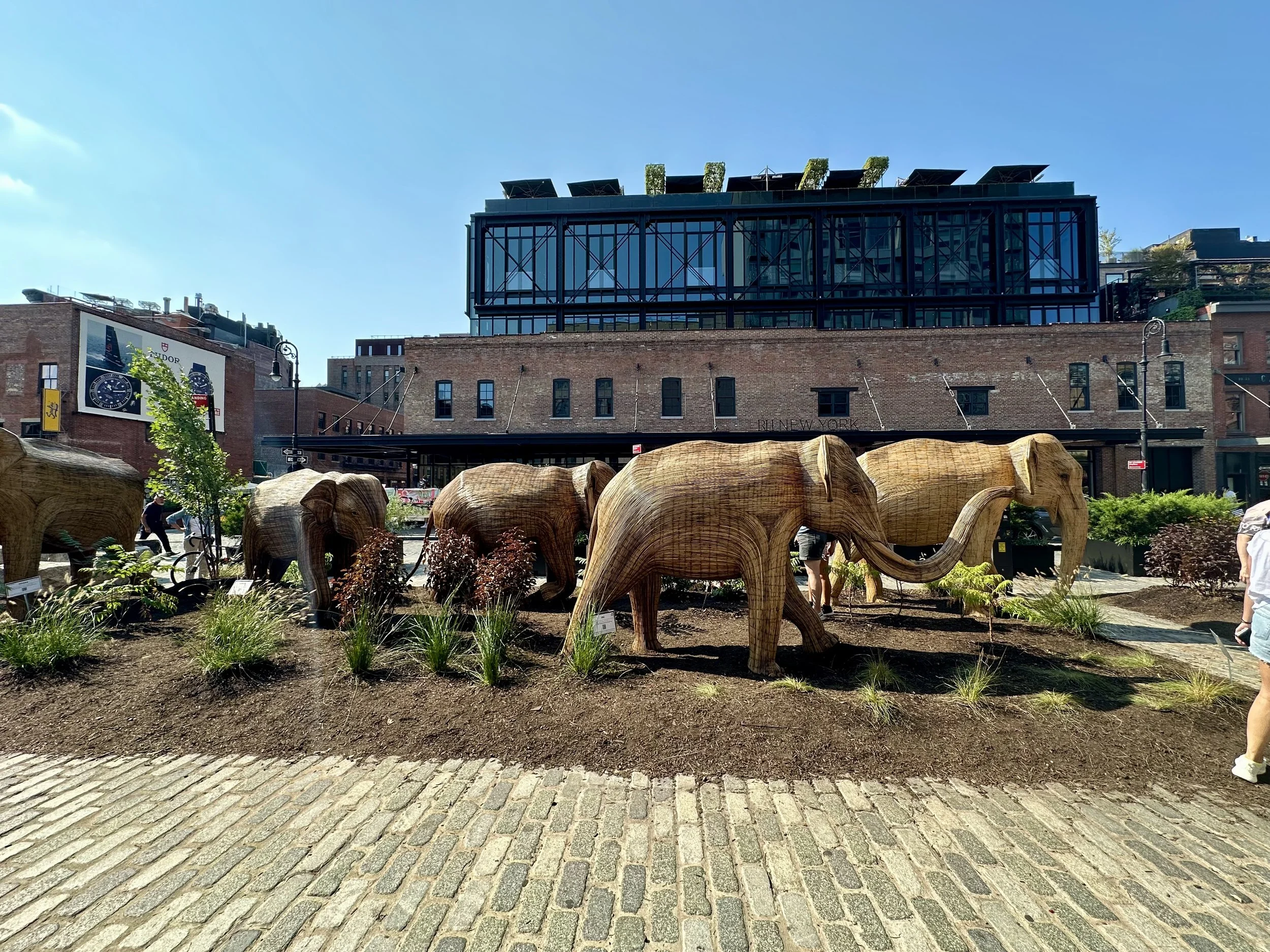


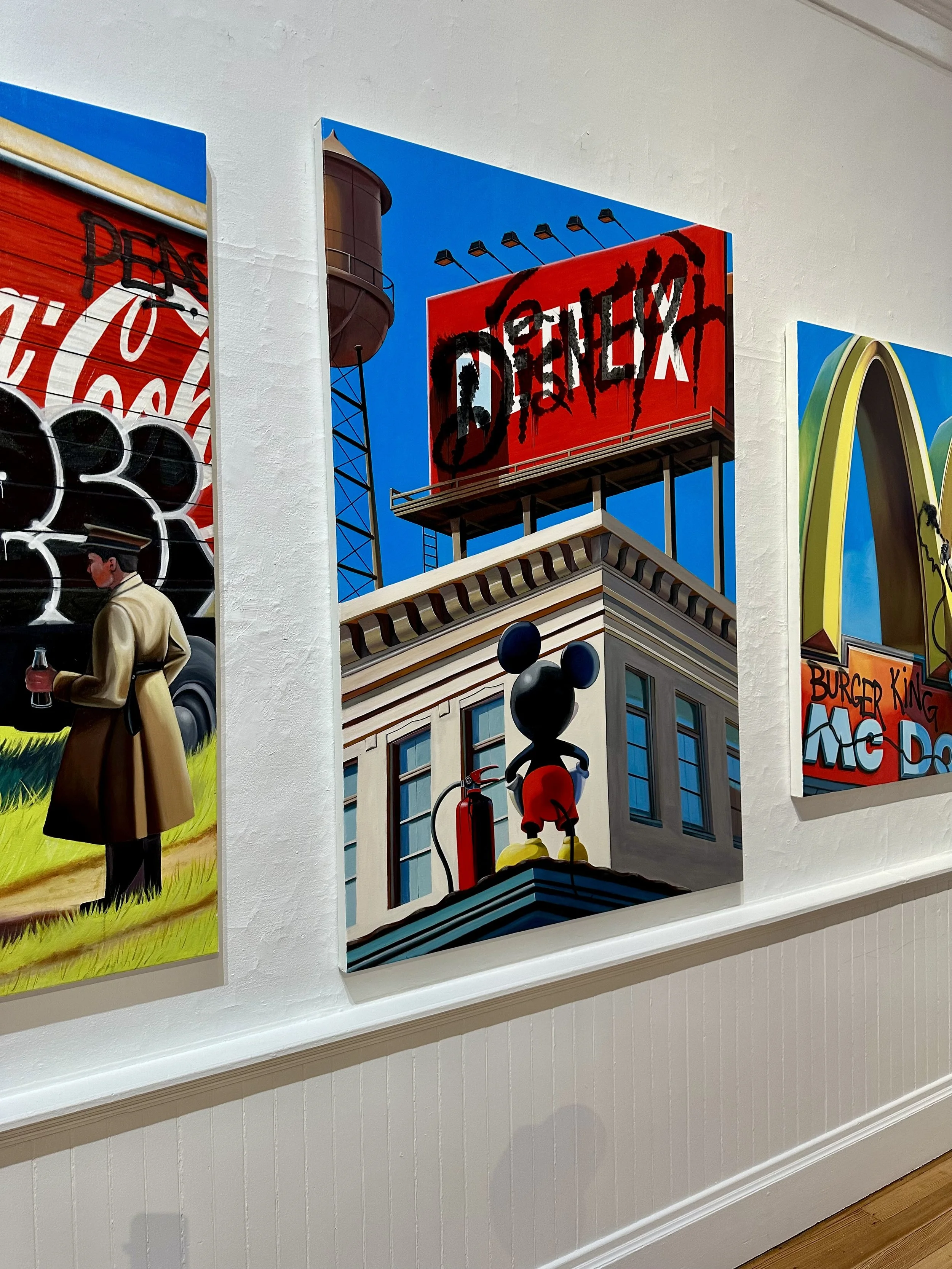
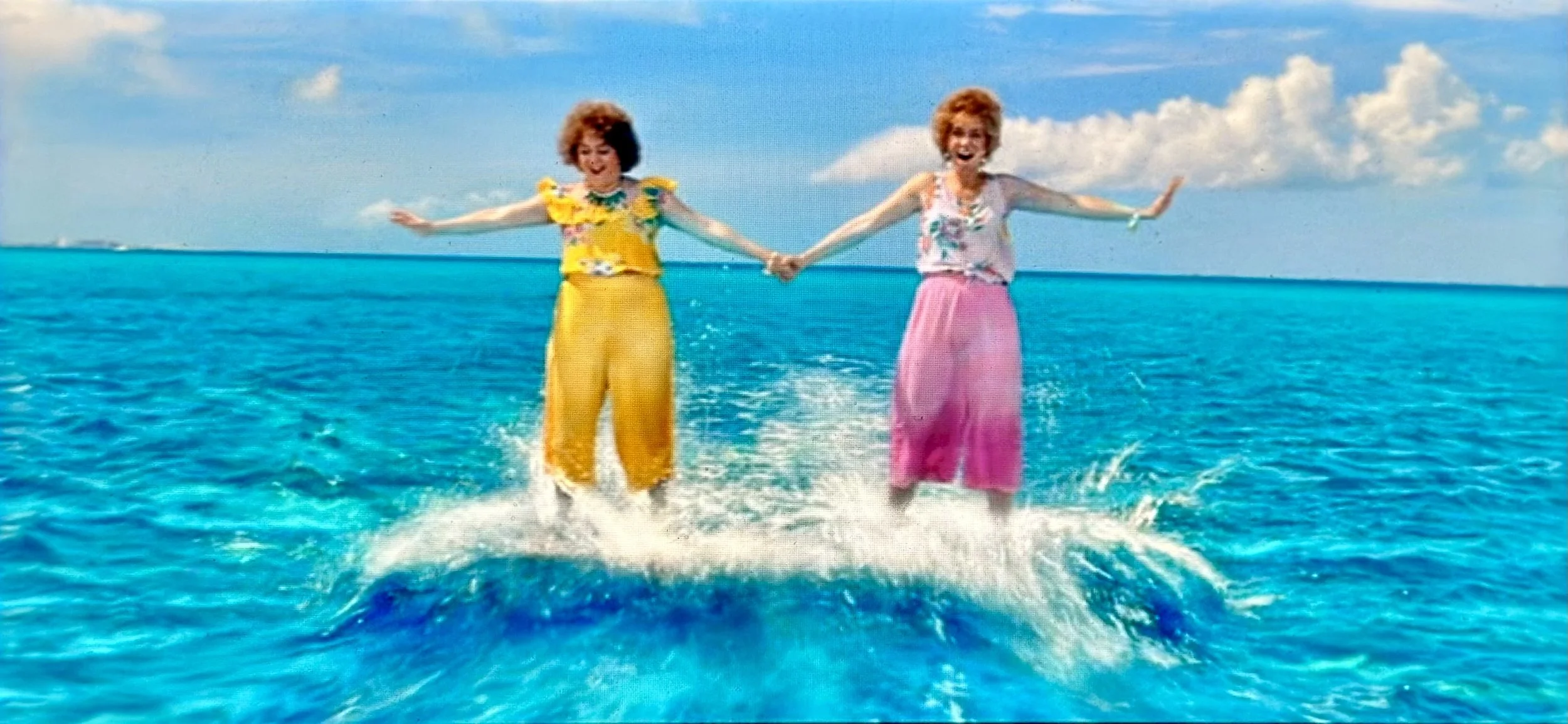



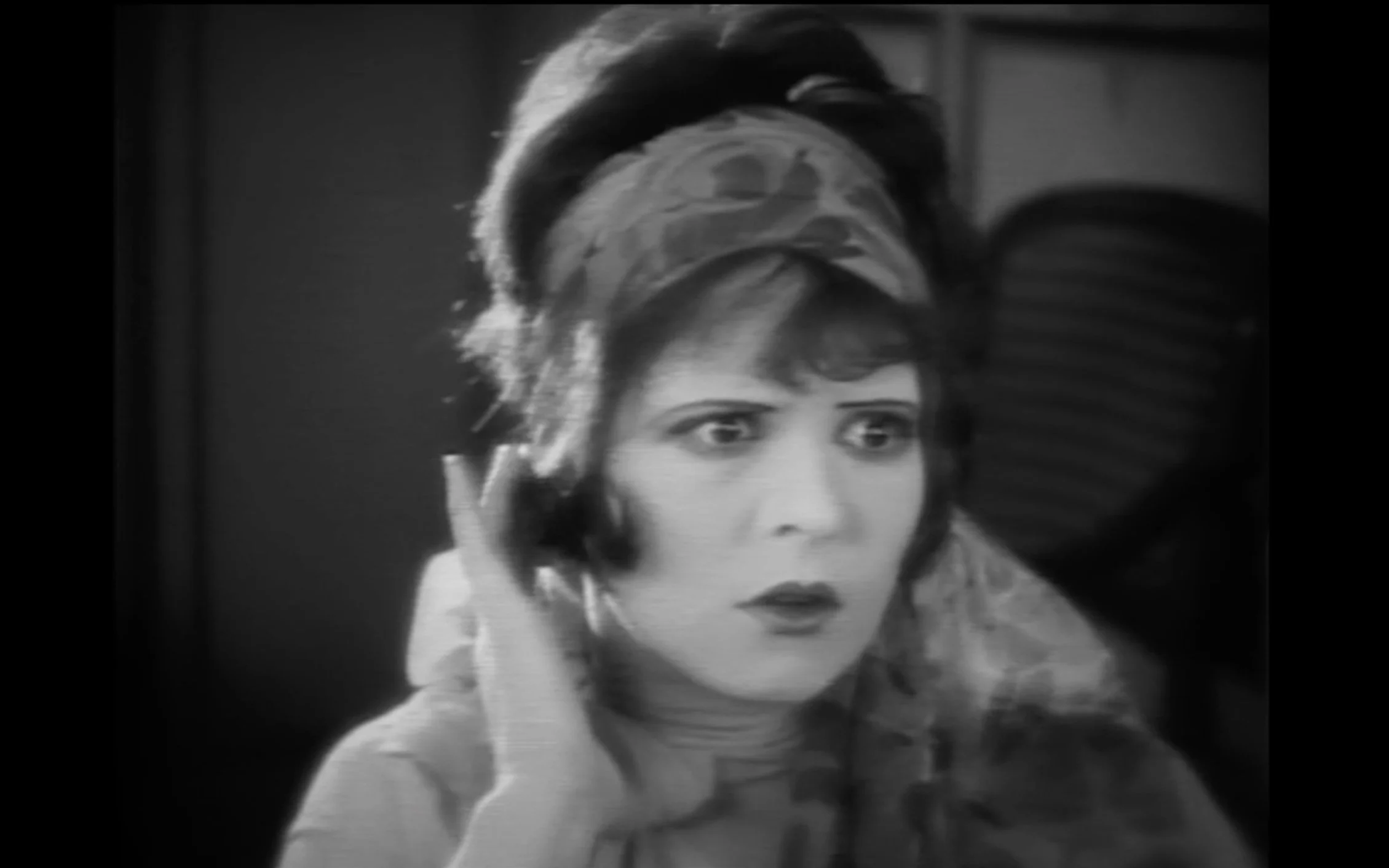

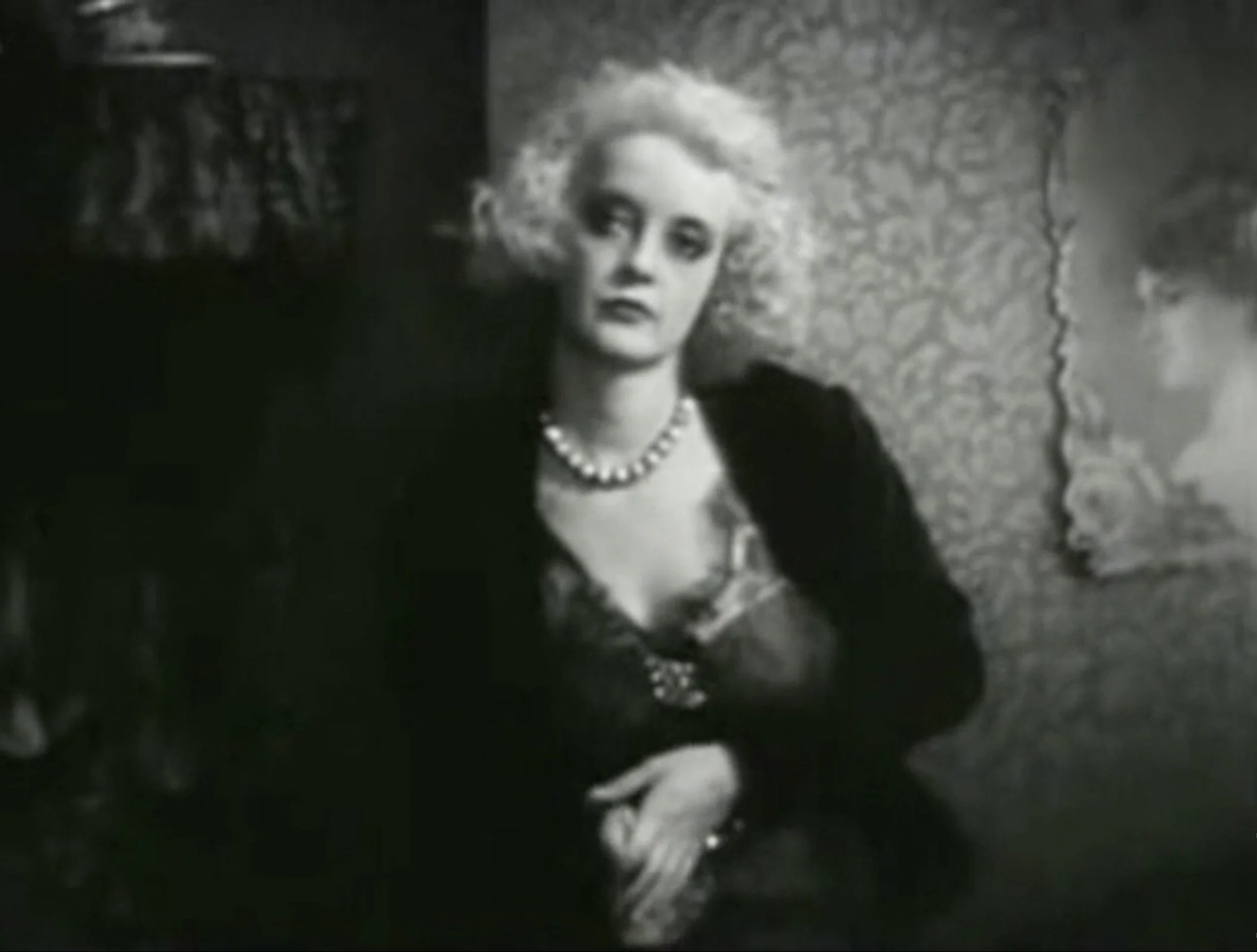
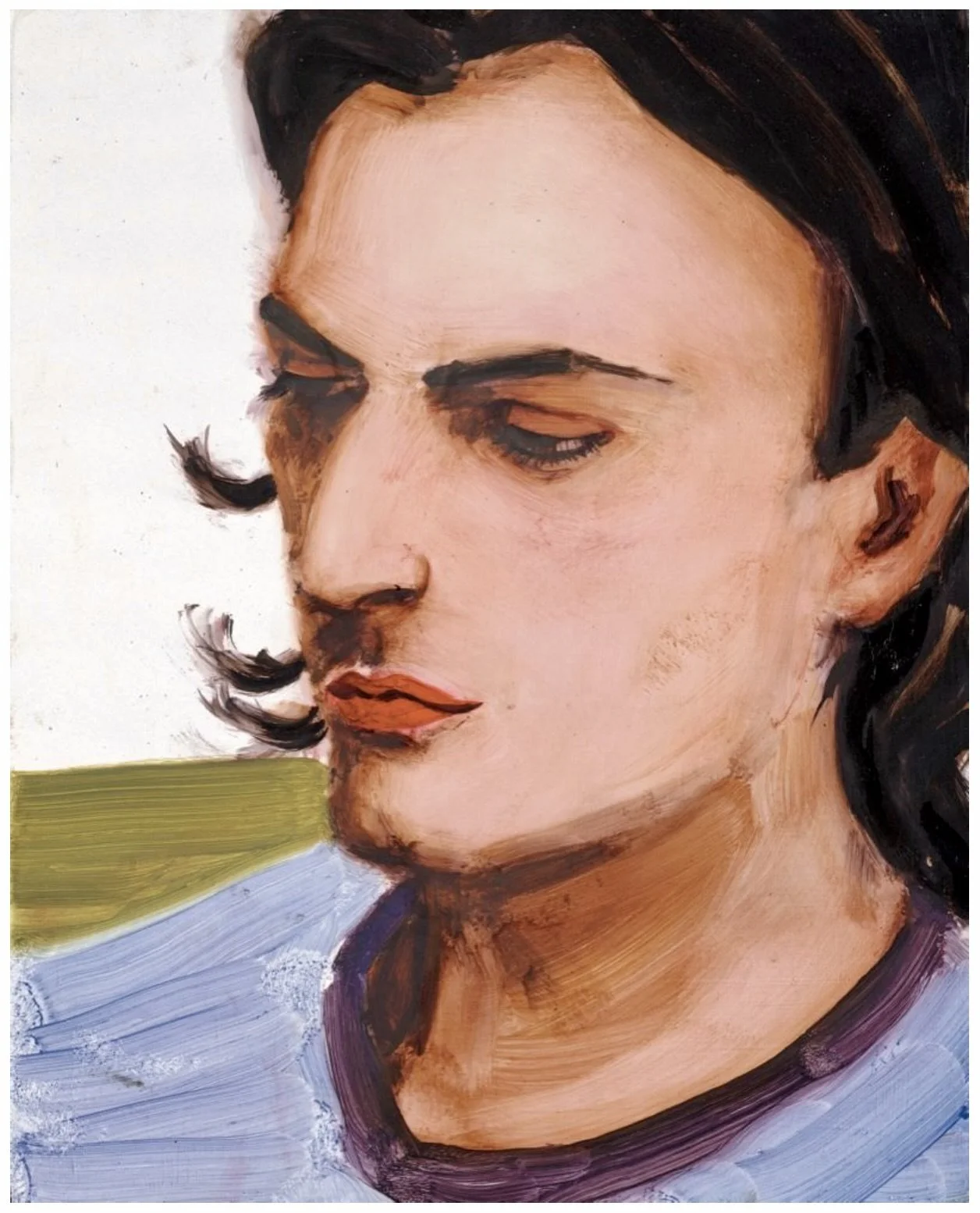






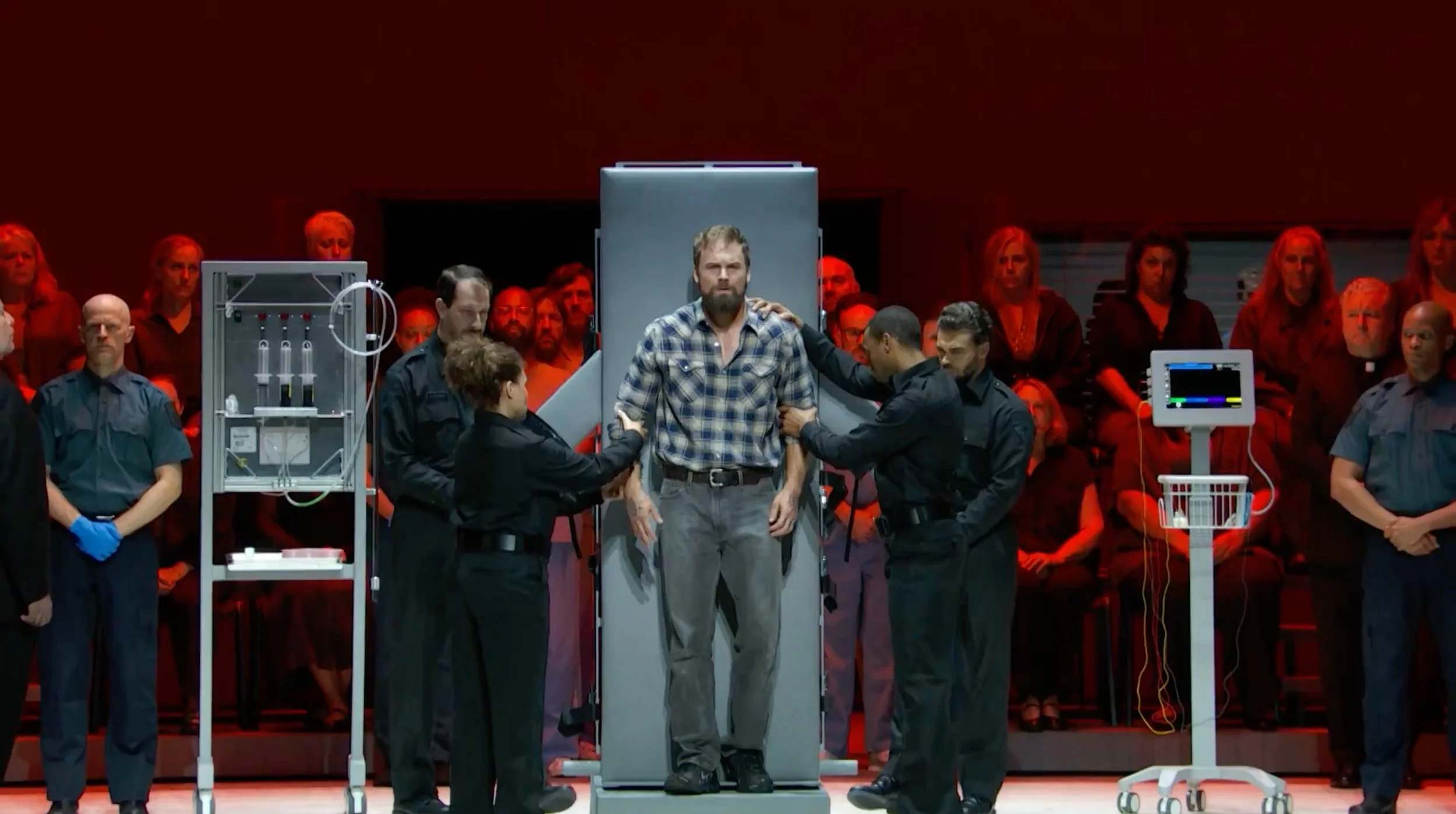





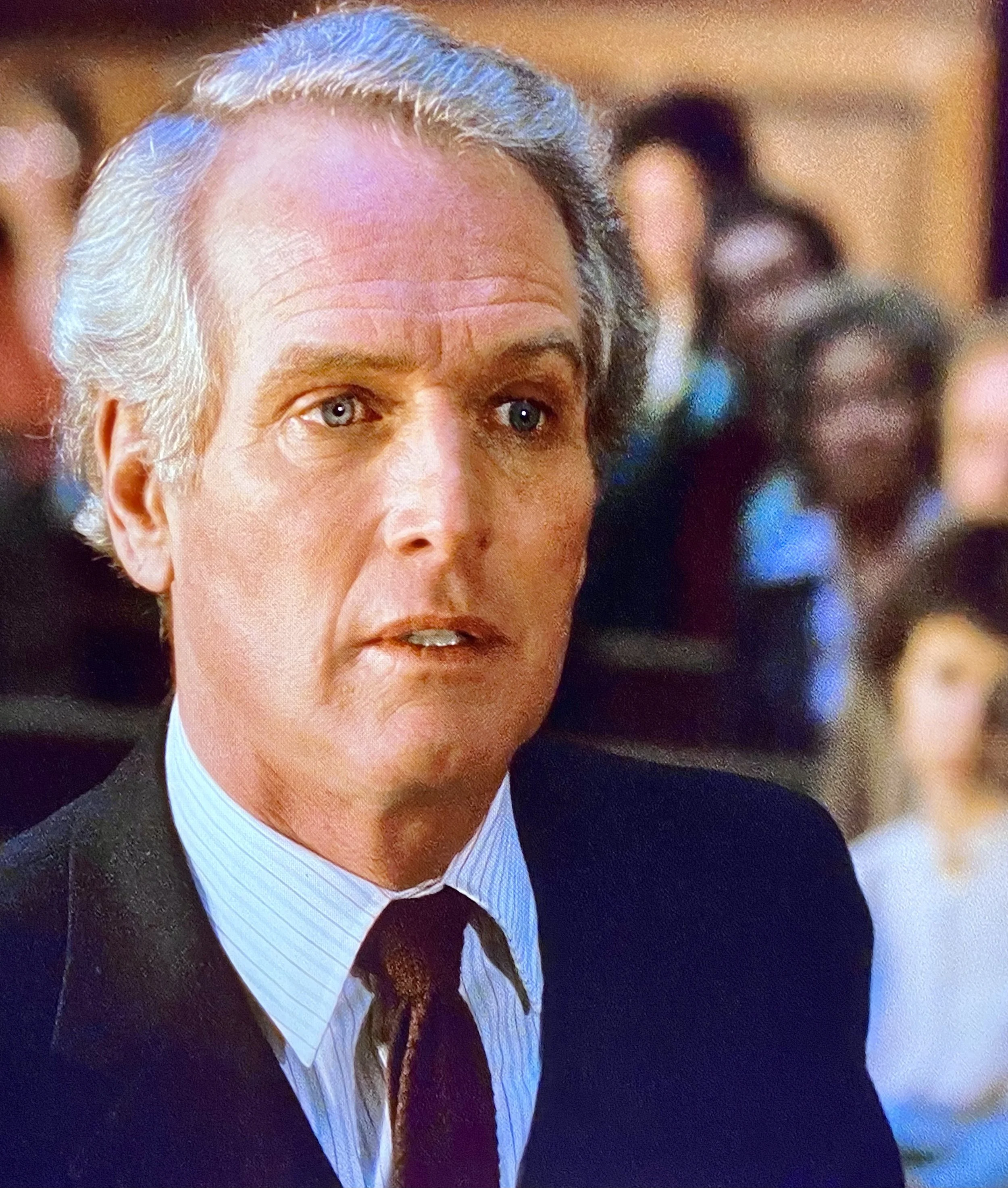
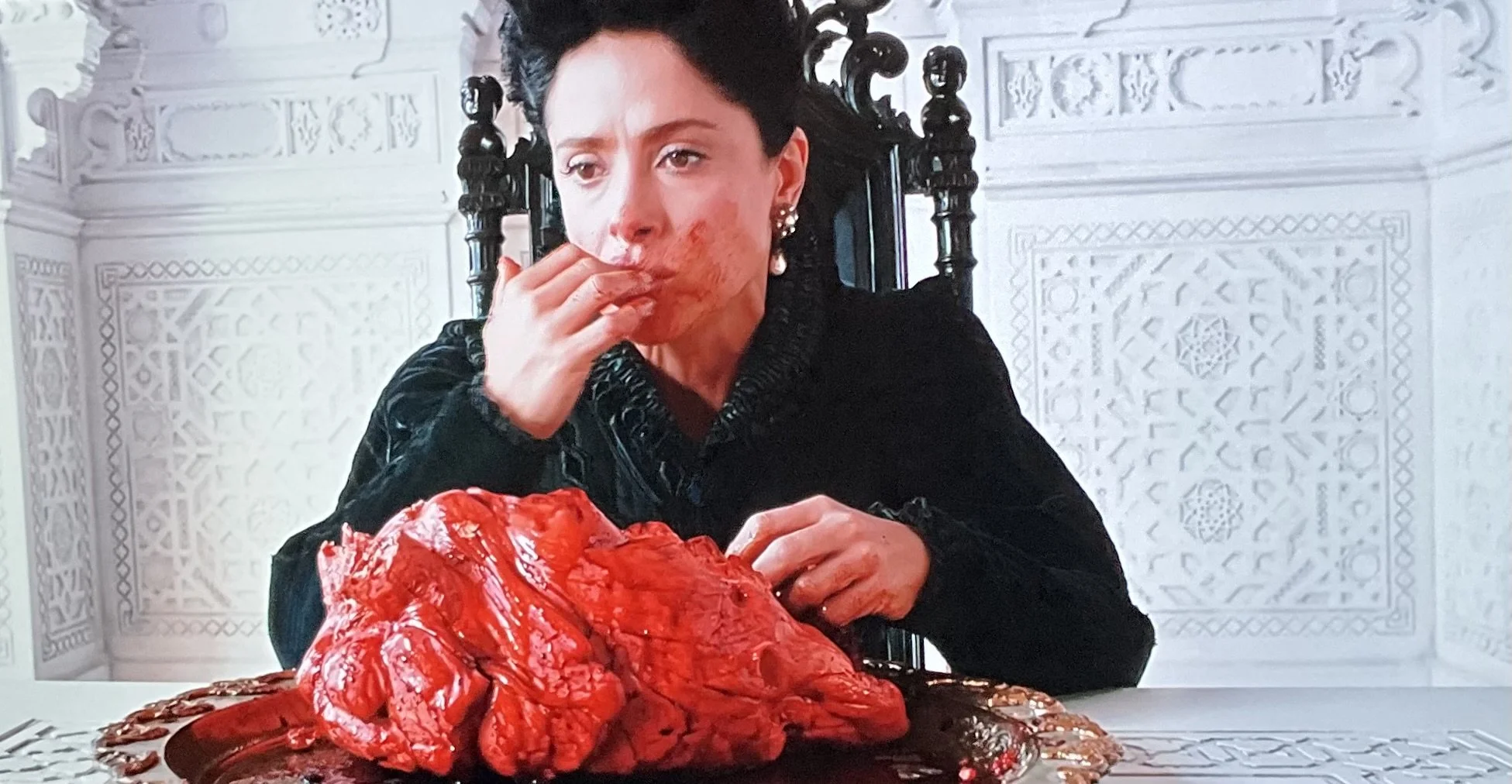


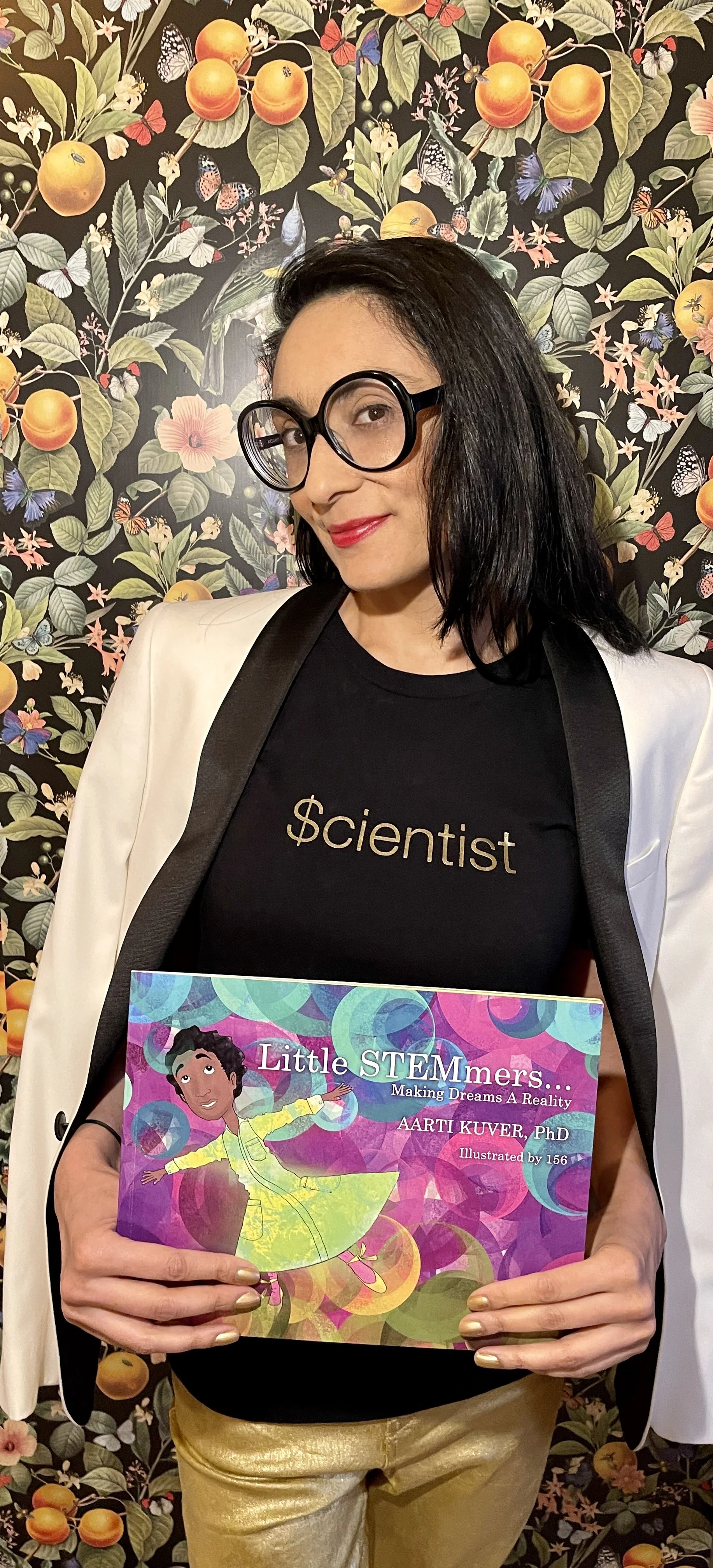









Is it a bar, is it an art piece? Now it is both. After a long-awaited liquor license, Hauer & Wirth’s Roth Bar opened a NYC location for Spring 2025. The opening reception for the wizard of transformation and transitoriness, Dieter Roth, was held at their 18th street gallery on February 25, 2025. Alongside Islandscapes, this was an early look at the bar as an extension of the bar as an installation. How peculiar to drink and eat at a bar created by someone who made art with decaying food.